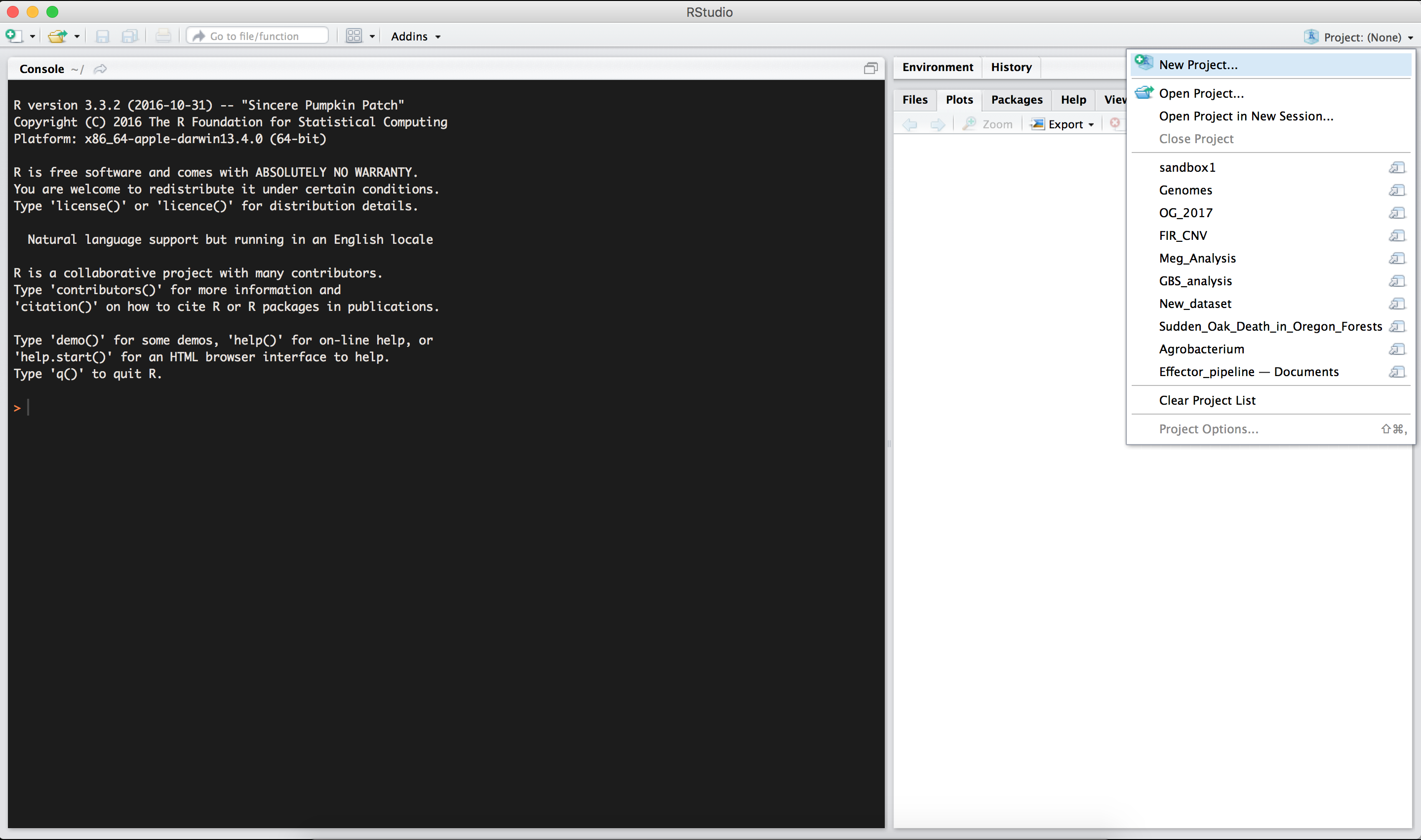

Smith when at the University of Adelaide. This introduction to R is derived from an original set of notesĭescribing the S and S-PLUS environments written in 1990–2 byīill Venables and David M. Next: Introduction and preliminaries, Previous: Top, Up: Top Preface Simple manipulations numbers and vectors.Into another language, under the above conditions for modified versions,Įxcept that this permission notice may be stated in a translation Permission is granted to copy and distribute translations of this manual Manual under the conditions for verbatim copying, provided that theĮntire resulting derived work is distributed under the terms of a Permission is granted to copy and distribute modified versions of this Manual provided the copyright notice and this permission notice are Permission is granted to make and distribute verbatim copies of this This manual provides information on data types, programming elements,Ĭopyright © 1992 W. (linear and nonlinear modelling, statistical tests, time seriesĪnalysis, classification, clustering. It provides a wide variety of statistical and graphical techniques System, which was developed at Bell Laboratories by John Chambers et al.

This is an introduction to R (“GNU S”), a language and environment for 12.6.1 PostScript diagrams for typeset documents.12.4.2 Temporary changes: Arguments to graphics functions.12.4.1 Permanent changes: The par() function.12.1.4 Arguments to high-level plotting functions.11.7 Nonlinear least squares and maximum likelihood models.11.4 Analysis of variance and model comparison.11.3 Generic functions for extracting model information.11.1 Defining statistical models formulae.10.9 Classes, generic functions and object orientation.10.6.2 Dropping all names in a printed array.10.6.1 Efficiency factors in block designs.9.2.2 Repetitive execution: for loops, repeat and while.9.2.1 Conditional execution: if statements.9 Grouping, loops and conditional execution.8.2 Examining the distribution of a set of data.7.3.1 Loading data from other R packages.5.9 The concatenation function, c(), with arrays.5.8 Forming partitioned matrices, cbind() and rbind().5.7.5 Least squares fitting and the QR decomposition.5.7.4 Singular value decomposition and determinants.5.4.1 Mixed vector and array arithmetic.4.2 The function tapply() and ragged arrays.3.1 Intrinsic attributes: mode and length.2.7 Index vectors selecting and modifying subsets of a data set.2 Simple manipulations numbers and vectors.1.11 Data permanency and removing objects.1.10 Executing commands from or diverting output to a file.1.9 Recall and correction of previous commands.1.7 Getting help with functions and features.


 0 kommentar(er)
0 kommentar(er)
